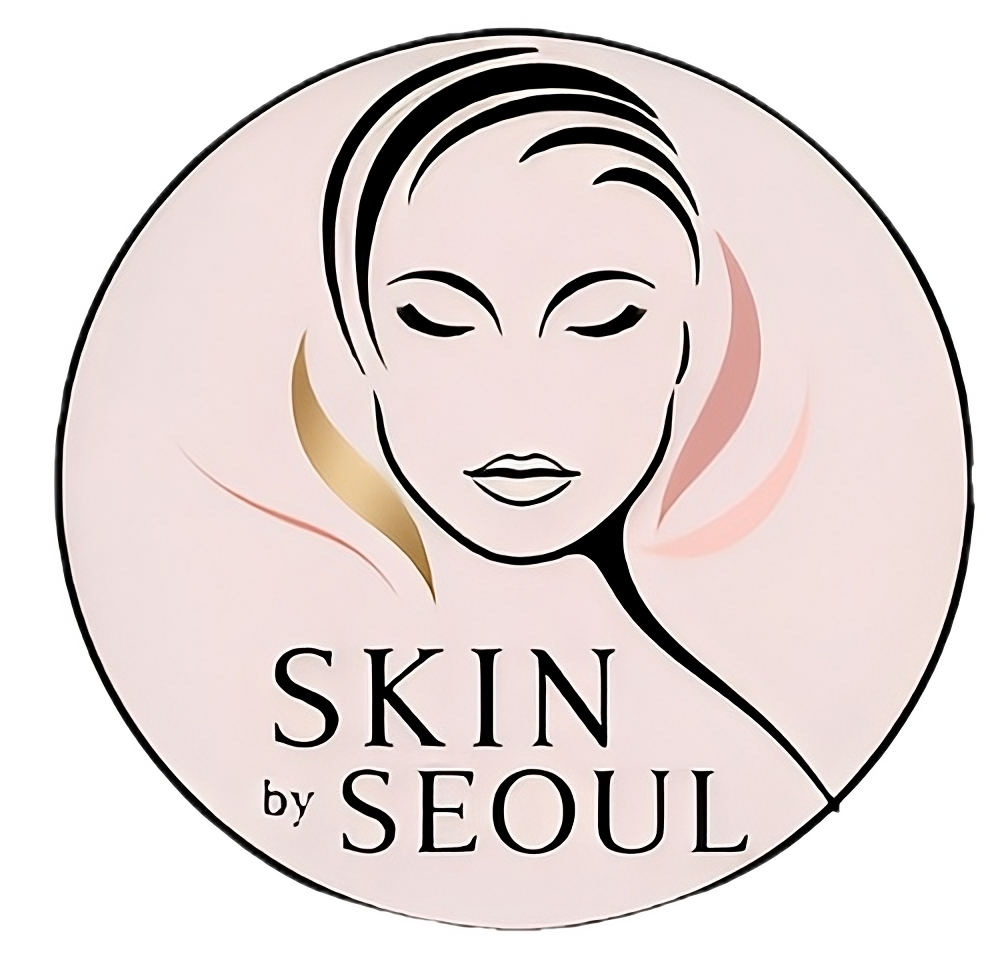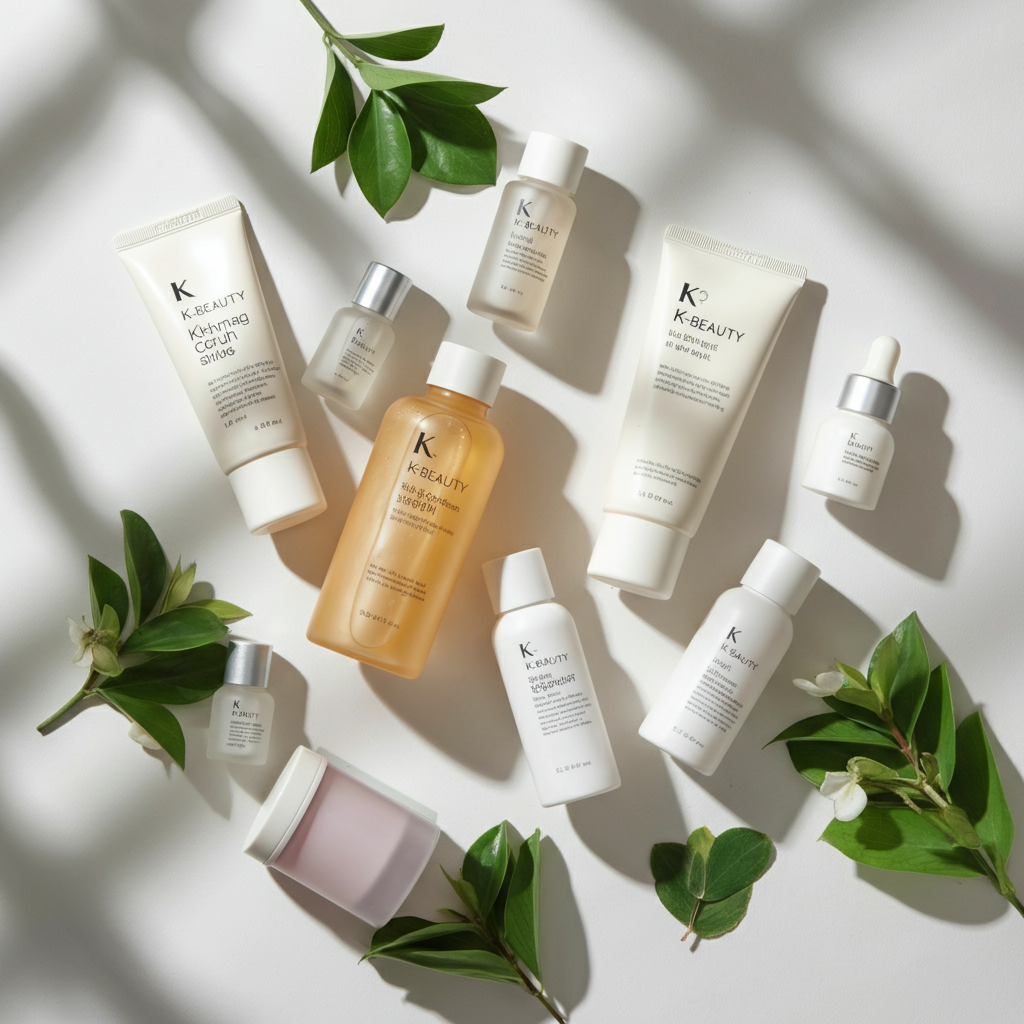Mastering Skincare for Oily Skin and Hyperpigmentation

Balancing oily skin while fading hyperpigmentation can feel like walking a tightrope. You want to reduce excess shine and control breakouts without drying out your skin, while simultaneously targeting dark spots or uneven tone caused by hyperpigmentation. The good news? With the right ingredients, products, and consistent care, it’s absolutely possible to manage both concerns effectively.
This blog will guide you through managing oily skin and hyperpigmentation with actionable advice, product recommendations, and answers to common questions to help streamline your skincare routine for healthier, radiant skin.
What Causes Oily Skin and Hyperpigmentation?
Oily Skin
Oily skin occurs when sebaceous glands produce excessive sebum (natural oil). While some oil is necessary to maintain a healthy skin barrier, excess can lead to clogged pores, blackheads, acne, and that shiny look by midday. Common triggers include genetics, hormones, a humid environment, or using the wrong skincare products.
Hyperpigmentation
Hyperpigmentation refers to darker patches of skin, often due to excess melanin production. It can result from post-inflammatory pigmentation after acne heals, sun damage, or even hormonal changes.
The treatment approach for these concerns involves controlling sebum production while fading dark spots—with an emphasis on gentle but effective products to avoid irritating the skin.
Key Ingredients to Include in Your Skincare Routine
When tackling oily skin and hyperpigmentation, the key lies in multitasking ingredients that address both. Here’s a breakdown of must-have ingredients:
- Niacinamide
- Regulates sebum production and reduces oiliness.
- Helps fade dark spots and improve skin texture.
- Vitamin C
- Brightens hyperpigmentation by inhibiting melanin production.
- Offers antioxidant protection and light oil control.
- AHAs (Glycolic Acid, Lactic Acid)
- Exfoliates the surface layer of the skin to reveal brighter, even skin.
- Great for dullness and textured skin.
- BHAs (Salicylic Acid)
- Penetrates deep into pores to clear excess oil and reduce acne.
- Helps prevent post-inflammatory hyperpigmentation (PIH).
- Azelaic Acid
- Addresses hyperpigmentation by brightening skin tone.
- Reduces inflammation and unclogs pores, working well for oily, acne-prone skin.
- Kojic Acid
- A natural brightener for hyperpigmentation.
- Enhances skin radiance without adding oil.
- Sunscreen
- Absolutely essential to protect your skin from UV rays, which make hyperpigmentation worse.
The Best Products for Oily Skin and Hyperpigmentation
Here are some highly recommended products that target both concerns:
| Product Name | Key Ingredients | Why It’s Recommended |
|---|---|---|
| The Ordinary Niacinamide 10% + Zinc 1% | Niacinamide, Zinc | Regulates oil production, minimizes pores, and gradually fades dark spots. |
| Klairs Freshly Juiced Vitamin Drop | Vitamin C, Centella | Brightens skin tone, improves hyperpigmentation, and hydrates without feeling greasy. |
| Cosrx AHA/BHA Clarifying Treatment Toner | AHAs, BHAs, Niacinamide | Gently exfoliates while targeting clogged pores, oiliness, and uneven tone. |
| Naturium Azelaic Acid 10% Cream | Azelaic Acid, Niacinamide | Reduces redness and dark spots while controlling breakouts from excess oil. |
| Some By Mi AHA-BHA-PHA 30 Days Miracle Serum | AHAs, BHAs, PHA | Ideal for oily skin prone to congestion, with added brightening for hyperpigmented spots. |
| Beauty of Joseon Relief Sun SPF 50+ | Rice Extract, Niacinamide | A lightweight sunscreen that protects against UV damage and enhances overall skin clarity. |
Building a Routine for Oily Skin and Hyperpigmentation
Creating a balanced skincare routine is key to achieving long-term results. Follow this step-by-step guide:
Morning Routine
- Cleanser: Use a gentle gel-based cleanser to remove excess oil without stripping your skin.
Example: La Roche-Posay Effaclar Gel Cleanser. - Toner: Apply a toner with mild exfoliating or soothing properties.
Example: Cosrx AHA/BHA Clarifying Treatment Toner. - Active Serum: Use a niacinamide or vitamin C serum to control oil and brighten skin.
Example: The Ordinary Niacinamide 10% + Zinc. - Moisturizer: Use an oil-free, lightweight moisturizer.
Example: Clinique Dramatically Different Oil-Free Gel. - Sunscreen: Never skip sunscreen; it’s essential for preventing further pigmentation.
Example: Beauty of Joseon Relief Sun SPF 50+.
Evening Routine
- Cleanser: Double-cleanse if you wore makeup or sunscreen. Start with an oil cleanser, followed by a gel cleanser.
Example: Banila Co Clean It Zero Balm + La Roche-Posay Effaclar Gel. - Exfoliating Treatment: Use an AHA/BHA product 2-3 times a week to unclog pores and smooth texture.
Example: Some By Mi 30 Days Miracle Serum. - Hydrating Serum: Apply calming ingredients like centella or hyaluronic acid after exfoliating.
Example: COSRX Hydrium Triple Hyaluronic Serum. - Targeted Treatment: Use azelaic acid or niacinamide for hyperpigmentation.
Example: Naturium Azelaic Acid 10% Cream. - Moisturizer: Lock in hydration with a non-comedogenic cream.
Example: CeraVe PM Facial Moisturizing Lotion.
Common Questions About Skincare for Oily Skin and Hyperpigmentation
1. How long does it take to see results with hyperpigmentation treatments?
Hyperpigmentation fades slowly. With consistent use of actives like vitamin C or niacinamide, you may see noticeable results in 4-8 weeks.
2. Can I use all these active ingredients together?
Not all at once! Overloading your skin can cause irritation. Alternate actives—use vitamin C in the morning and AHAs at night, for instance.
3. Will using oil-free products make my skin produce more oil?
No. Lightweight, oil-free products actually help balance your sebum production. Proper moisturization is key to preventing overproduction of oil.
4. Is sunscreen really necessary if I stay indoors?
Yes, UV rays can penetrate windows and worsen hyperpigmentation. Always apply broad-spectrum sunscreen, even indoors.
5. What if my skin feels irritated by these products?
Start slow. Introduce one active ingredient at a time and do a patch test. If irritation persists, consult a dermatologist.
Final Thoughts
Managing oily skin and hyperpigmentation doesn’t have to be overwhelming. With an effective routine based on balancing sebum production, exfoliating acne-prone areas, and fading discoloration, you can see visible improvements in your skin. Remember, consistency and patience are key—it may take weeks or months to see changes, but every step gets you closer to your goals.





